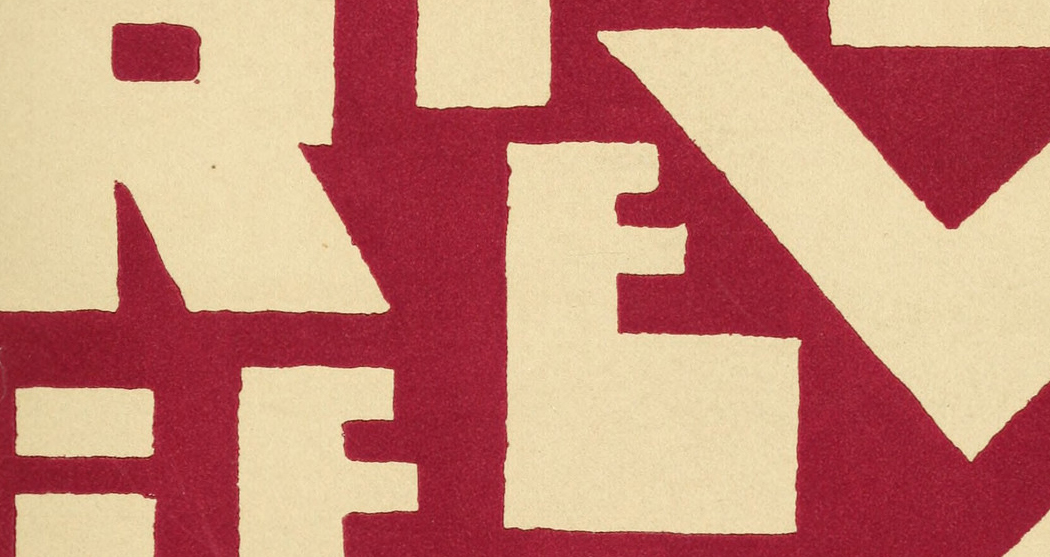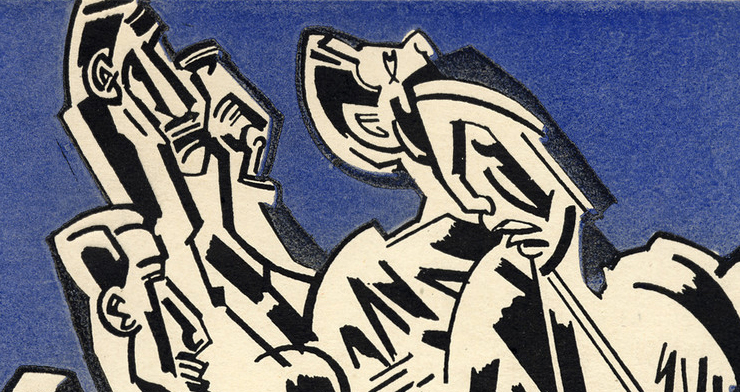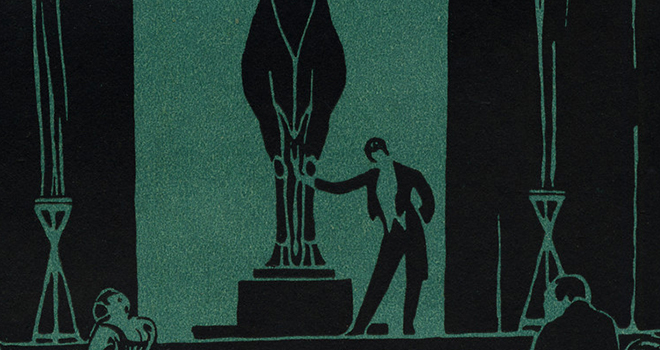Transition # 2 May 1927 The New Nihilsm (Blog 4 of 8)
Submitted by Marianna Albom on Mon, 10/03/2022 - 14:51Elliot Paul’s the new Nihilism touches on many aspects of this class. He talks about how the violence of war is repeated in various ways in art and literature of the time. People had to find ways of expressing the horrors they saw, but words alone were not enough. Paul argues that the old values had become meaningless after World War I. He believes those values of blind loyalty to decrepit systems of monarchy had become obsolete. Paul says even pity had been exhausted by the war, and for many people, maybe it had. It was like the war was a giant mosquito that sucked up all their emotions and feelings until they thought they had none left to spare.
Paul says “Young Germany abandoned hope...France lost grace....Russia stared and bewildered...England looks backward...America has guilt, sentimentality...”
When Paul writes “England looks backward”, it immediately makes me think of TS Elliot’s the Wasteland. There are many call backs in the poem to ancient Greeks and Romans, as if the author wishes he could go back in time to a better place where he felt something again.
Paul argues that there are no great books forthcoming. This is the one statement that bothers me. Something as traumatic as World War 1 would take time to process in human emotions, especially as I suspect most people had some form of PTSD from what they experienced. These people would never be the same again. It takes time to re-form your entire being, much less write/paint a great work of art.
Paul goes on to say that there are no illusions to revive Europe’s great past. This is true, the artists of this time such as Dada were forming new ways to look and think about art, and Surrealism was helping to fill in gaps that people could not explain with words. But having the strength to creating something new out of the rubble of the past was, pardon the pun, a Herculean task.


